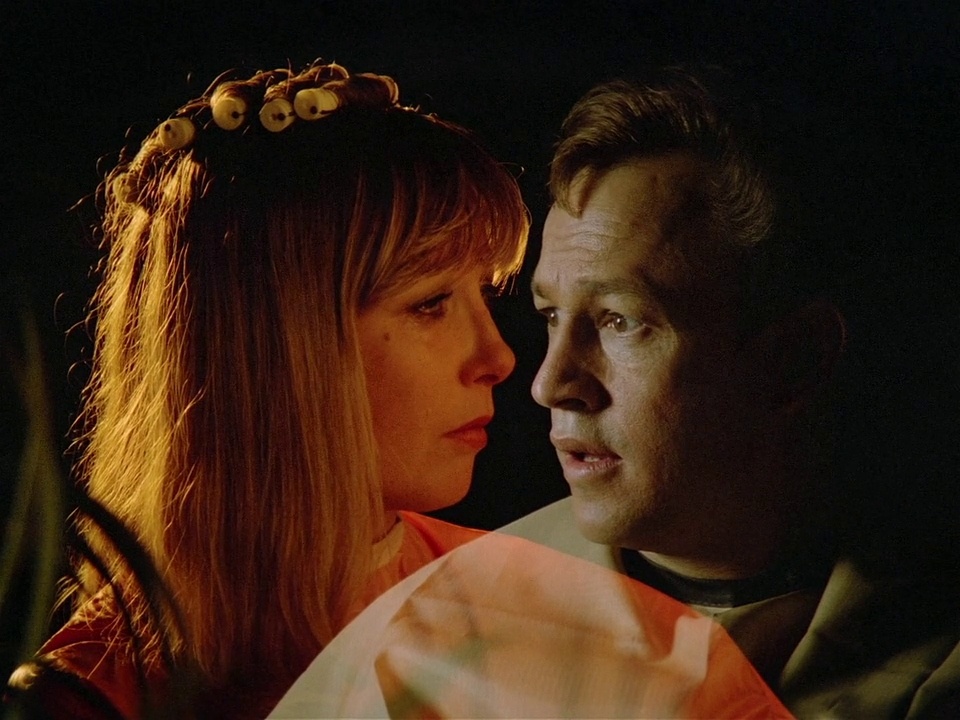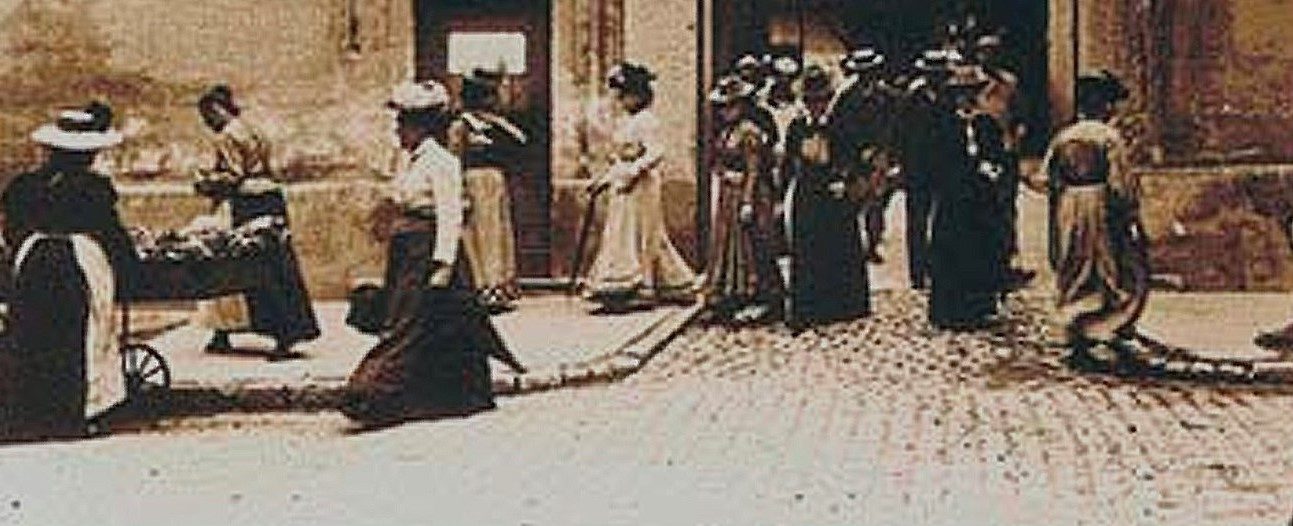United States, 1981
Directed by Francis Coppola
With Frederic Forrest (Hank), Teri Garr (Frannie), Harry Dean Stanton (Moe), Lainie Kazan (Maggie), Nastassja Kinski (Leila), Raul Julia (Ray)

Over three days, from the eve of Independence Day to the day after, in Las Vegas, Hank and Frannie celebrate the fifth anniversary of their first encounter, break up, and try to find love again, with the awkward help of their respective best friends: Moe, Hank’s partner in a scrap dealer’s shop in the suburbs, and Maggie, Frannie’s colleague in a downtown travel agency. Both meet attractive and intriguing entertainers, Leila, a circus acrobat, in Hank’s case, and Ray, a pianist and dancer, in Frannie’s case. But Hank proves to be too obsessed with Frannie to stay under Leila’s spell for long and he eventually wrestles her back from Ray’s claws. Angrier than ever she stands firm in her choice to travel with Ray and rebuffs her husband, but she eventually comes back home. The narrative of this disregarded Francis Coppola film is as trite as that.
If Martin Scorsese wanted to celebrate the golden age of musicals through a discordant romance between two would-be entertainers in “New York, New York” (1977), Coppola seemed more interested to play with the genre’s rules and create his own fantasy world – and a fresh technical vision for filmmaking, relying on the computing engineering that supposedly was to change the way productions are made and that he put squarely at the core of the activities of the studio he boldly established at the time, Zoetrope. He also explained he wanted to make a modest film after his epic 1979 production, “Apocalypse Now”, but he clearly got carried away by his fastidiousness and technical ambition. Entirely shot in the Zoetrope studio which could barely cope with the amazing settings and scenes he imagined for the plot, “One from the Heart” became costlier by the day, with a budget ballooning from two million dollars to twenty-five million (the same profligacy that cursed Scorsese’s movie). The outcome was a box-office failure that left Coppola’s venture heavily indebted.
As the fluid and ingenious title sequence hints, the forte of this extravaganza of a film is a talented knack for merging within the same image different visual elements that usually would not be mixed within the same frame but here, quite remarkably, can dovetail seamlessly (back projection and computing wizardry prove useful). One world segues into another through the knocking down and magic dissolution of partitions and logic. In the title sequence, the camera first moves us down from the Moon to explore a sandy land where stand casinos, theaters and hotels whose neon billboards flash the credits of the film; later a dejected Hank confides to Moe as Frannie starts to do the same with Maggie just behind the men, one flat opening into another; when the mysterious entertainers seduce them, they lead them from real places to fantastic settings, worthy of an old musical in Ray’s case but sounding more a trick devised by a magician or a computer in Leila’s case.
Horizons are unashamedly fake visuals while streets become implausible stages, and Coppola adds another element of artificiality with the music. Unlike typical characters of musicals, the leads do not sing and express their feelings only through trite dialogues – their sentiments are in fact commented by the songs played over their wanderings by singers Crystal Gayle and Tom Waits (who gets with this film his passport to the movie industry). Actress Nastassja Kinski and, to lesser extent, actor Raul Julia do perform their songs and acrobatic numbers but it basically fits with their assigned roles of seductive entertainers and thus it emphasizes by contrast the more ordinary status of the top roles, which are played by actors whose careers have not relied on the genre, which has been on the wane anyway since the 1960s, and have not turned them in top movie stars (though Teri Garr is a versatile actress made well-known by television productions). Hank and Frannie have the look and the habits of the typical middle-class suburban Americans and they are deliciously gauche as they try new clothes and haircuts on the advice of their pals (it could also be noted, without being unduly unfair, that Hank’s body has nothing to do with the toned and tanned torsos of hunky charmers).
The end product can unsettle. A musical is a great, thrilling kind of entertainment for eyes and ears that becomes here a gaudy and sparkling frame for a romantic tiff between two average middle-aged Americans who are no longer sure how to love. In a way the visual feat is too stunning for a relationship that is too flimsy. The basic plot and unassuming characters have little to do with the charming love affairs and entertainment escapism a musical can inspire – that discrepancy could explain the tepid reception of the film. But the movie buff Coppola is could have seen things the opposite way. The visual and narrative codes of the genre indeed belong to the wider popular culture and could as a consequence be used to take on more ordinary people and to describe their feelings differently. The peculiar use of the songs, which have a distinct quality on their own, enables the movie to offer fresh, bittersweet, perspectives on characters’ feelings instead of being a predictable tool for their expression or for the audience’s sweet delight.
The outrageous visual imagination, by the same token, comes along with their mercurial sentiments; it does not jar with the characters so much than it informs their clumsy need for love with fancies and desires. The very artificial settings of Hank and Frannie’s adventure, in a place (Las Vegas) anyway showcasing essentially flashy life and unrealistic expectations, echo the nature of their quarrel, impulsive but not really deep-seated, getting overboard but eventually proving futile. The sincerity of the actors conveys this complex nature perfectly, through a gaze or an intonation (both deserve more attention and applause than the audience probably thought at the time). A light and timely comedy it should be said, “One from the Heart” is endearing because of the tension inherent to the director’s choices and not despite of it. It is a cheeky attempt to apply the mojo of the musical genre to truly ordinary folks and lives, casting their unassuming protagonists under a tender and warm light usually shed on stars and their eye-catching characters, while forcefully asserting, celebrating even, the spellbinding nature of the technology cinema is based on – and that so many talents have always been eager to improve.
Author’s note: this review deals with the original version of the film and not the new editing Coppola, still busy revisiting his own career even his 80s, has released in 2023.

